Popular games published by company Genki
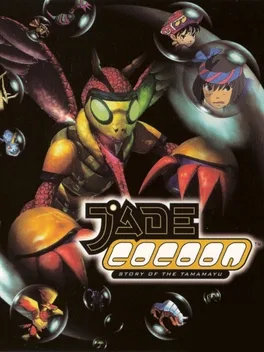
Enter the world of Jade Cocoon: Story of the Tamamayu. As Levant. a Cocoon Master. you will engage powerful monsters in deadly one on one combat. As the magic and talon clashes of these battles turn to your favor you can call on the mystic cocoon powers and capture your fallen foe. Once captured these mighty creatures will be the key to unlocking the curse that has overcome your village. The game combines elements of role-playing video games and digital pet virtual pet management. It was developed by Genki in collaboration with Katsuya Kondō, character designer for the Studio Ghibli movies "Kiki's Delivery Service" and "I Can Hear the Sea".

In feudal Japan, it was kill or be killed for the samurai. Kengo: Legend of the 9 lets you battle as one of nine famous samurai warriors while mastering expert techniques to gain an advantage over your foes. Become a Kengo Master as you fight your way through lush, high-definition Japanese environments.
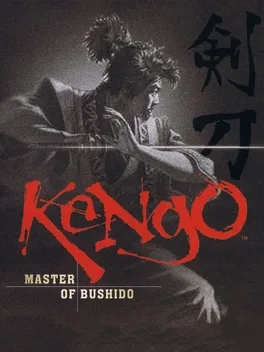
The mind is a powerful weapon. So is the sword. When combined, they create the ultimate force. To be a Samurai master, you must silence one and make fierce the other. The rhythm of battle awaits you. Now, go young apprentice, and earn your glory.
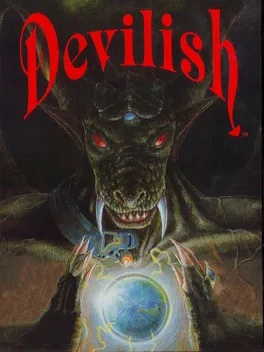
A prince and princess were in love with each other until a jealous demon turned the happy couple into a set of stone paddles; resembling that of the pinball kind.Suddenly, a ball came into existence that could use the prince and princess in order to defeat the demons that now rule over the kingdom. Players have to use two paddles; the upper one is used to defeat demons while the lower one helps to prevent the player from dropping to its demise at the bottom of the board. By defeating bad guys and smashing through breakable blocks, the player advances towards the boss of each level. Resembling a harder version of Arkanoid, the vertically scrolling screen forces the ball to move constantly forward in an attempt to reach the boss. Only the Sega Mega Drive version has a two-player option. Players can choose between three difficulty levels in the Game Gear version and can also select an option to do a time trial.
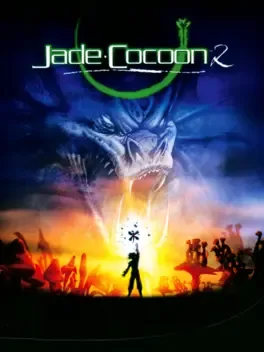
Presenting a combination of monster breeding and RPG elements, Jade Cocoon 2 expands upon Genki's original title in a number of significant ways. Gameplay comprises a familiar mix of storytelling and monster raising, with significant tweaks implemented for good measure. The town acts as your base of operations and it's here you can stock up on supplies, or take jobs for which you can earn money and build a reputation. The latter proves vital as it's directly related to the number of monsters you can use in battle. The successful completion of certain tests rewards you with the ability to command more beasts -- up to a maximum of 12 at once, however, you can only take these tests when your reputation is high enough. These trials take place in the Arena, which is also home to Beast Hunter battles, where you can test your mettle against fellow Beast Hunters. Monster eggs are found on your travels and can be hatched in the Room of Life; an all-encompassing monster management room that provides detailed information on the beasts and allows you to merge them, creating hybrid creatures. The monsters now also evolve over time. Your amulet consists of 12 slots, three for each of the four elements. Your creatures are placed in positions on the amulet corresponding to their position in battle, and during combat they'll attack the enemy and defend you from harm. Their amulet position also dictates the effectiveness of their elemental powers. The storyline starts 100 years after the original adventure, with the Cocoon Masters having become the stuff of myth and legend. Beast Hunters are the modern equivalent, and players take on the role of Kahu; an aspirant Beast Hunter. A chance encounter results in Kahu being cursed, and he, along with a fairy named Nico, must rid his body of the curse or die. Levant (the original title's protagonist) is now a guardian and acts as your guide.
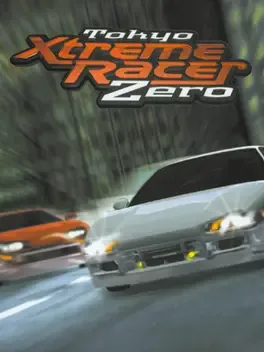
Tokyo Xtreme Racer Zero is a racing game developed by Genki for PlayStation 2. Despite its name, it is set between Tokyo Xtreme Racer 2 and Drift, and has enhanced sound and graphics. The game was released in Japan as Shutokou Battle 0, but was also a release in North America. The game was released in a PAL version in Europe and Australia under the title Tokyo Xtreme Racer (not to be confused with the Dreamcast title of the same name). This is the first game in the series that has been released on a platform other than the Dreamcast. Zero was originally to be released on the Dreamcast but was then canceled and moved to the PlayStation 2. The Tokyo Xtreme Racer series has produced a total of six games, the first four being U.S. localizations of the first four Shutokou Battle series games and the final two being U.S. localizations of the first and third Kaido Battle series games.
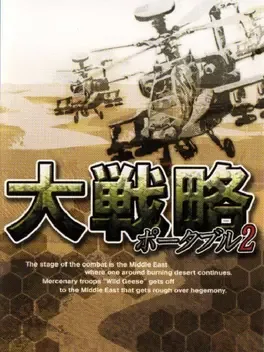
Daisenryaku Portable 2 is a military turn-based strategy game for the PlayStation Portable published by Genki. It is a sequel to Daisenryaku Portable, and is set in the Middle East. The player does not control any country, instead controlling the supranational army named "Wild Geese"

Genki's racing games have typically fallen into the Shutokou Battle series, a collection of late-night racing games that put you on the highways surrounding Tokyo. The company's latest PS2 racer, Racing Battle: C1 Grand Prix, maintains many of the same gameplay mechanics that Genki's other games contain, but this time it takes the cars off of the streets and drops them onto proper racetracks. Racing Battle will contain licensed cars. The version on display only has a handful, including an RX-7, a Supra, an Integra, an Impreza, and an S2000. The car models in the game look decent. They're nice and smooth, but they don't seem to be quite as detailed as the car models in some other comparable racing games. Like most other racing games, Racing Battle has multiple camera angles. But the first-person angle is pretty interesting. From this view, you get indicators that show how hard you're steering, accelerating, or braking. You also get a second, TV-style camera angle in a small window at the top of the screen. This is cool because it gives you a good idea of what's going on near your car. It's easy to see cars coming up behind you with this view and more effective than a standard rearview mirror. The gameplay in Racing Battle is roughly the same as what Genki has done with Shutokou and Kaido Battle series. Each car is associated with a fighting gamelike life meter, and the car in second place constantly loses pieces of its life meter. When one car runs out of "health," the race ends and a winner is declared.
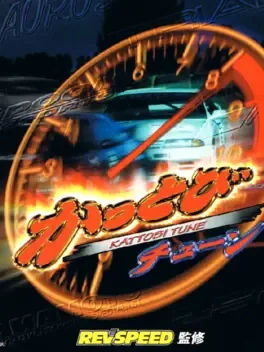
Kattobi Tune is a circuit/tune edition unique episode of the Shutoko Battle series (aka Tokyo Xtreme Racers). Kattobi Tune was compiled under the supervision of Rev Speed, a popular Japanese car tuning magazine and features seven licensed professional tuners, RE Amemiya, Spoon, Mine's, Trial, "RS Yamamoto", Garage Saurus and JUN Auto, appearing years later in Racing Battle: C1 Grand Prix and also in the influential Gran Turismo series by Polyphony Digital. In Kattobi Tune's career, you follow a text-driven story as you slowly work your way towards faster and faster cars, either by an extensive car tuning
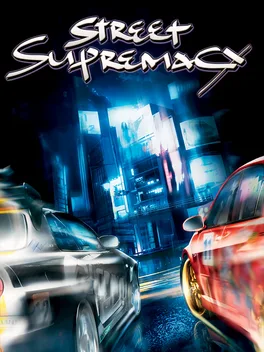
Unlike other Shutokou Battle series titles, the objective of Street Supremacy is to join a team, level up to become the team leader, recruit other rivals to join your team, and to take control of the various highways in Tokyo. The map area consists of the areas featured in Tokyo Xtreme Racer 3, including the C1 Loop, Shinkanjou, Wangan Line, Yokohane, and Yokohama routes. Each route is broken up into several zones, which are controlled by the rival teams. Rival teams in Street Supremacy include Rolling Guy, Fine Drive, Galaxy Racers, The Road of Justice, Departures, No Loser, Highway Outlaw, Free Way, Another Star, Unlimited, Neo Limited, Speed Masters R, and Wanderers (much like other Shutokou Battle titles, Wanderers have certain requirements that need to be met before challenging the player). Some bosses from the other titles appear in Street Supremacy as Wanderers by default. Street Supremacy is the only Shutokou Battle series title where rivals can change teams during the game and teams can disband during the game.
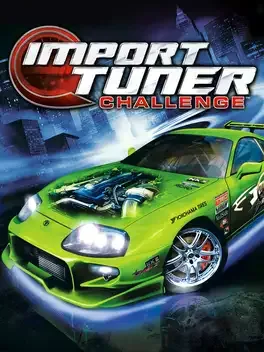
Import Tuner Challenge is set on the Shuto Expressways of Tokyo, Japan. There a total of 415 rivals in the game. It features C1 and Shinkanjo like many other TXR games but unlike TXR3, Import Tuner Challenge does not feature the highways of Nagoya, Osaka, and Yokohama. But two new highway sections of Tokyo are in the game which are Rt.3 Shibuya and Rt.4 Shinjuku.
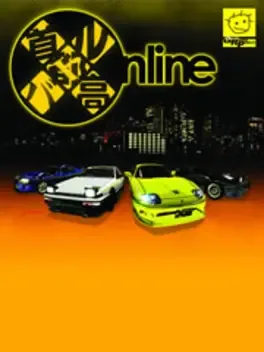
Shutokou Battle Online was a MMO take on the infamous Shutokou Battle (aka, Tokyo Xtreme Racer) formula. Released on PC only in Japan, this game had a short life from 2003 to 2005.
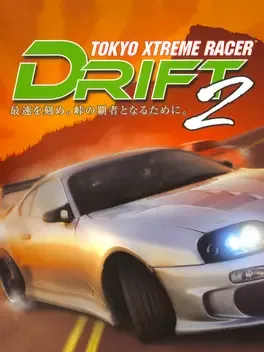
The mountains of Japan are calling - and so are your racing rivals. With the mysterious disappearance of the reigning champion, the tournament crown is suddenly up for grabs. Many will vie, only one can win. Do you have what it takes to race, grind and drift your way to the ultimate racing prize? Race in the dangerous mountains of Japan - Hakone, Niko, Haruna and Akagi - all faithfully recreated using the most advanced laser techniques to maintain every tight twist and turn.
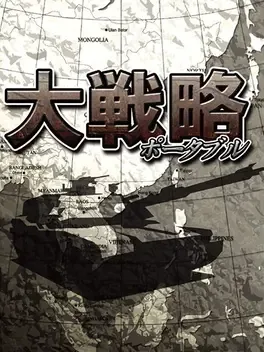
Daisenryaku Portable is a military turn-based strategy game for the PlayStation Portable published by Genki. The game takes place on a battlefield of hexagons, upon which the player assembles an army. The aim is to capture cities and factories, in order to increase available resources. The hexagons are rendered in an isometric view with no rotation supported, but the individual attacks are rendered in 3D. The game supports use of the ad hoc wireless mode of the PlayStation Portable for two player multiplayer. The main campaign takes place in the Far East in the twenty-first century. The factions in the game are fictional versions of Japan, USA, Russia, China, South Korea, and North Korea.
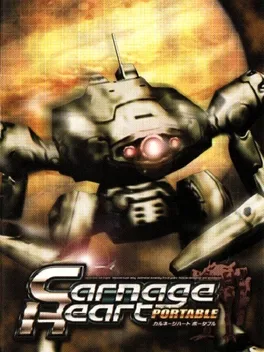
Carnage Heart Portable is an Action game, developed by Artdink and published by Genki, which was released in Japan in 2006.

The Japan-exclusive third installment in Genki's samurai-based fighting game series.
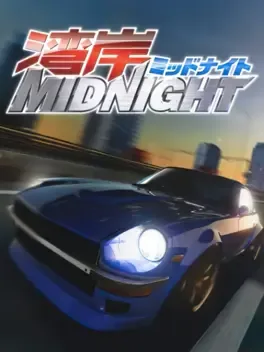
Basic game modes are the Story Mode that follows the manga's plot according to the main characters point of view. The Time Attack Mode is based on time trials, and the Free Run Mode allows the user to drive the Shuto Expressway selecting his starting points without racing, and can drive anywhere on the Shuto Expressway. The One Match Mode is made for head-to-head quick games against the characters. Wangan Connection is the online game mode that allows people to create, host and join online games with up to three other players. Through the game's progression, the user can unlock two extra game modes, Survival Mode and Maximum Speed Mode. Survival Mode puts the player up against characters from the series. The goal is to beat a designated amount of rivals without losing. If the player loses, the game is over. Survival Mode is divided into three classes. Rookie has 20 rivals, and runs on the C1. Runner has 50 rivals, and runs on the New Belt Line. Monster has 99 rivals, and runs on the Wangan, part of the New Belt Line, and Yokohane. Maximum Speed Mode is where the player drives a car of his choice on the Yatabe Test Course. The goal is to go as fast as you can without blowing the engine.
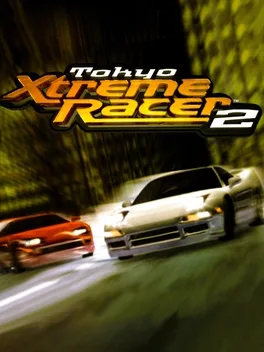
The thrilling followup to the original, Tokyo Xtreme Racer 2 improves in all fronts. With more road to drive on, rivals to fight, and cars to master, this entry offers everything and more. In the game, you race around the streets of Tokyo at night in an almost seamless experience, from cruising around, to joining a race, to cruising again. Flash your headlights when tailing a rival to incite a race, and after a short cinematic, you're both off. To win a race, you need to take down your opponent's power meter, while keeping yours intact. It decreases when hitting objects, and, more importantly, in last place. The game is less focused on the realism of a racer, but still takes into account a good amount of customization, from upgrades to tuning. Since you'll be driving the car almost constantly, its best to have your own personal vehicle. The roads you drive on start out limited, but expand as you dive deeper and deeper into the game. Don't expect to go without memorizing the tracks; in order to beat the best, you need to make Tokyo your home.
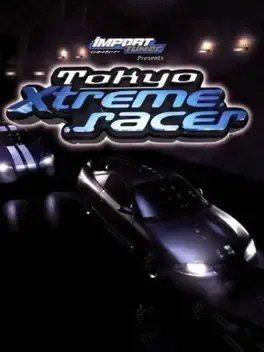
Tokyo Xtreme Racer is a racing video game released in 1999 as one of the console's launch titles, the game was one of the first mission-based racing games. The gameplay involves the player challenging other drivers on the Shuto Expressway in order to gain money to modify and enhance his or her car. The game features a wide variety of Japanese cars and tuning parts to purchase as the player progresses through rivals. When released in Japan, Shutokō Battle was one of the best selling Dreamcast titles at this time. The game is based on illegal highway racing in Tokyo's Wangan highway with custom tuned cars. A such phenomenon is growing popular in Japan since the 1990s with dedicated manga (Shutokō Battle's biggest inspiration being Wangan Midnight), anime series and video games (C1 Circuit, Wangan Trial, Naniwa Wangan Battle).
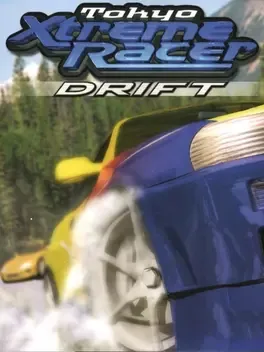
This fifth installment in the Tokyo Xtreme series, focuses more on the "drifting" style of racing and has two different distinctive challenges of racing included in the game. Players can race professionally during day races, earning money to upgrade their cars and try to get the big sponsorships. During night races, players can race for pride, along with the ability to bet money and even car parts. Players will race in the scenic mountains of Japan, in real life courses on uphill and downhill races and even during varying weather and seasonal conditions, effecting the handling of the cars as they would in real life. There is also a rivalry battling system in the game, making the races more dangerous as opponents try to stop them at all costs. It also features real licensed high-end vehicles such as Nissan, Toyota, Subaru, Audi, Alfa Romeo, Mini, Volkswagen among many others.
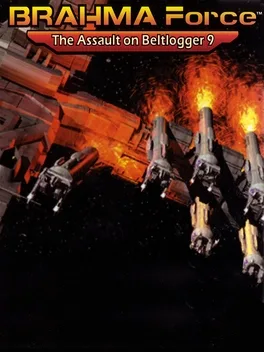
A mech-based FPS; pilot your Bipedal Robotic Assault Heavy Mechanized Armor (built by Bronx Industries, of course) through the Beltlogger 9 excavation colony... ...discover what happened to the Beltlogger 9 colony- it may be related to the events on Probe Ship Mina 3, wherein a lone person apparently under the control of an outside intelligence slaughtered his shipmates.
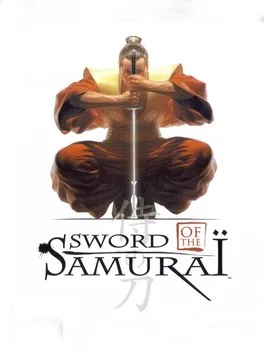
The second game in the Kengo series was released for the PlayStation 2 in Japan on June 27, 2002. It was released in Europe on February 14, 2003 under the title Sword of the Samurai. It features a character creation feature and over 100 detailed swords to choose from. Published by Ubisoft. Ubisoft announced a US release to be called Kengo: Legacy of the Blade at one point but the deal ended up falling through, thus it was never released.